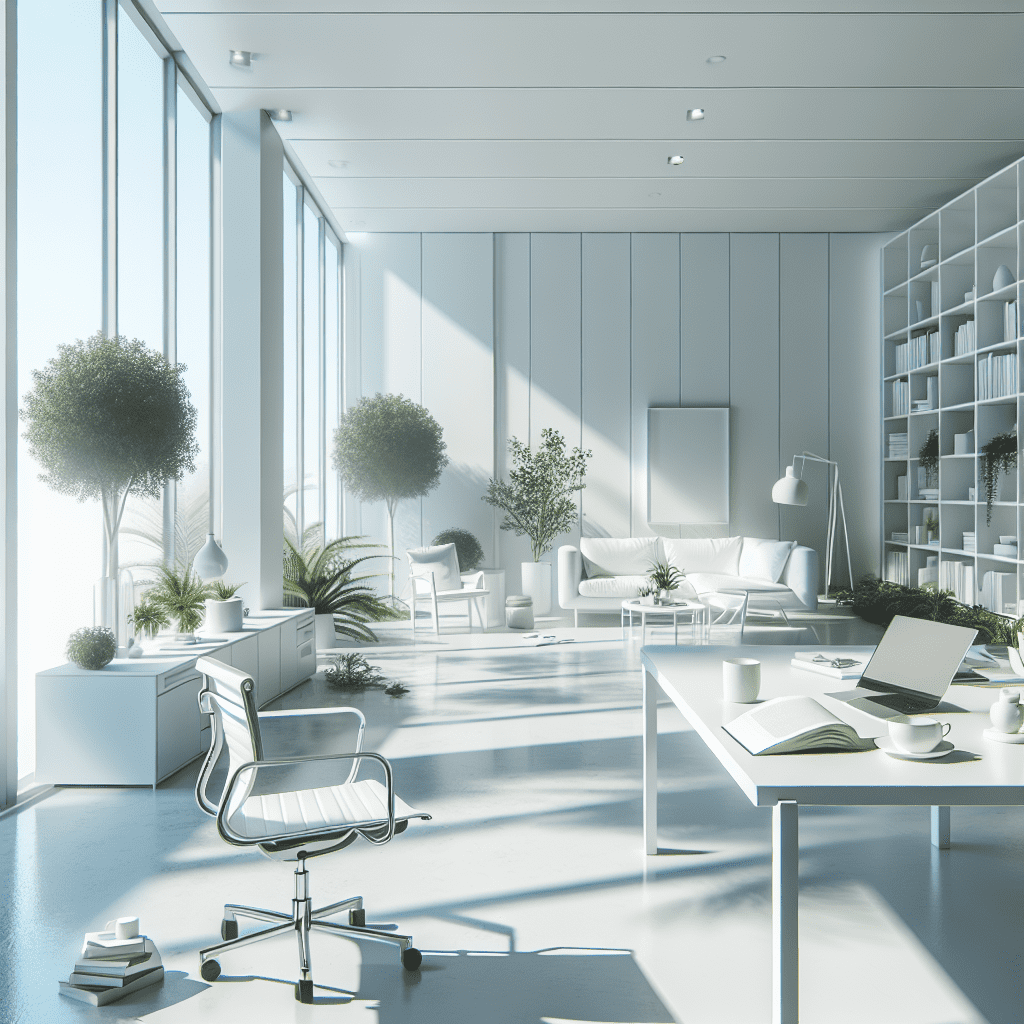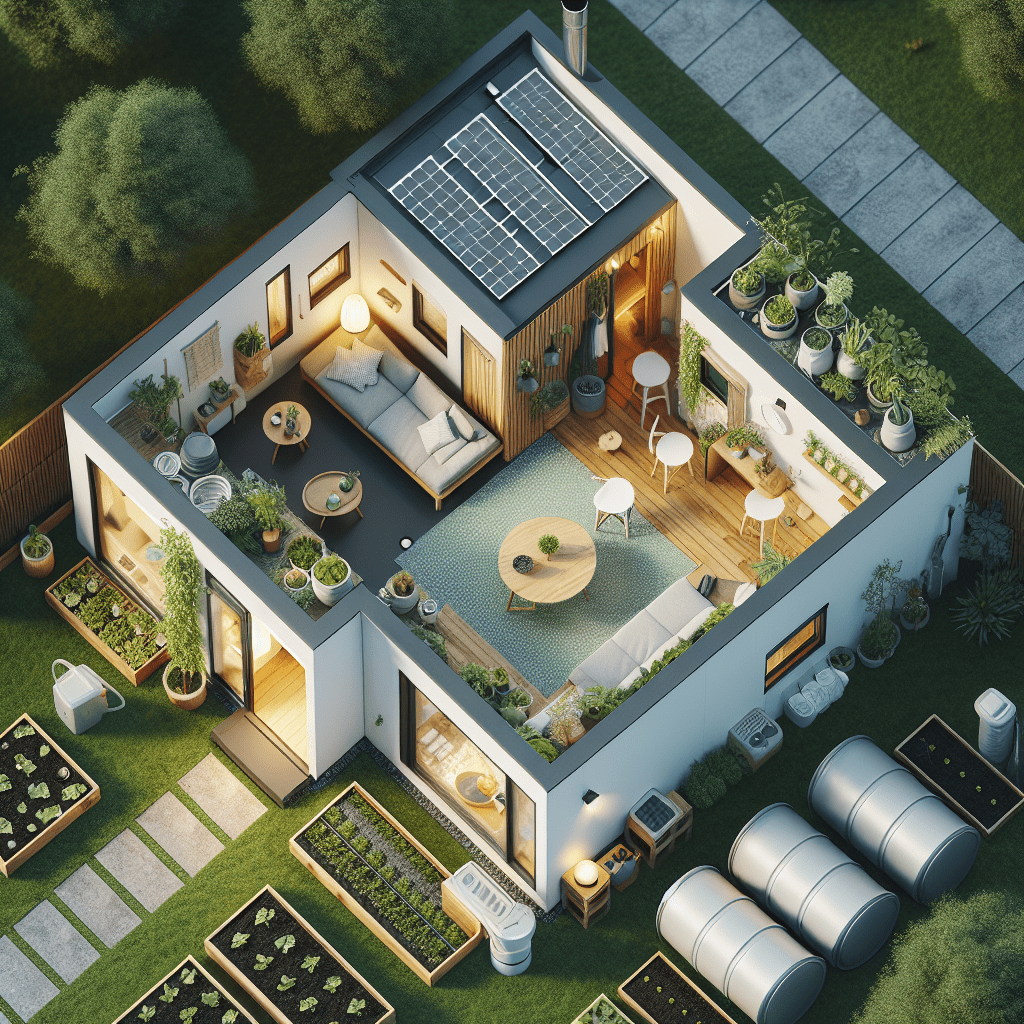Table of Contents
In a world increasingly populated by clutter—both digital and physical—the minimalist lifestyle emerges as a compelling antidote. This global shift, noticeable in the realms of technology and living practices, reflects an intriguing mix of old wisdom and new innovations. From Silicon Valley’s sleek devices to the serene, uncluttered homes in Scandinavia, minimalism is more than just an aesthetic choice; it’s a conscious decision that impacts everything from mental health to environmental sustainability.
The Roots and Rise of Minimalism
Minimalism as a concept isn’t new. Its roots can be traced back to various cultural and philosophical streams, including Zen Buddhism’s emphasis on simplicity and the modernist art movements of the 20th century. However, its adoption in contemporary society has gained a distinct momentum, spurred by a growing awareness of consumerism’s downsides and a yearning for more meaningful, unencumbered living.
In technology, this trend became evident as gadgets evolved. Early mobile phones and computers, bulky and brimming with unnecessary features, gave way to designs epitomized by Apple’s clean lines and “less is more” functionality. Steve Jobs, co-founder of Apple Inc., famously admired the unadorned simplicity of products designed by Braun, under the leadership of Dieter Rams—a prominent advocate of the functionalist school of industrial design.
The lifestyle aspects of minimalism, on the other hand, gained mass appeal through figures like Marie Kondo, whose KonMari method of decluttering has swept across continents, encouraging people to keep only those possessions that “spark joy.”
Minimalism in Modern Technology
In the tech industry, minimalism has been a driving force not only in product design but also in software development and user interface creation. Companies focus on delivering products with simpler interfaces, more intuitive controls, and fewer pre-installed applications. Microsoft’s Windows 11, for example, embraced a more streamlined, minimalist design compared to its predecessors, focusing on ease of use and aesthetic neatness.

Within software and web design, minimalism manifests as flat design and the use of ample white space, which enhances usability and appeals aesthetically. Google’s search engine homepage stands as a prime example—a simple logo, a search bar, and two buttons, embodying minimalism’s core principles.
The Impact on Lifestyle and Culture
The minimalist lifestyle extends beyond the world of technology. It influences how people choose to live, work, and consume. Around the globe, from the high-density living areas in Tokyo to the sprawling suburbs of America, individuals are downsizing. They’re opting for smaller, more sustainable living spaces, stressing the quality of possessions over quantity.
In the work sphere, this philosophy has led to the rise of minimalist office designs that emphasize open, light-filled spaces intended to reduce stress and boost productivity. Companies like Google and Apple have pioneered office spaces that are not only functional but also psychologically soothing.

The minimalist movement also persuades people to rethink their consumption habits. The rise of capsule wardrobes and minimal fashion, for instance, challenges the fast-fashion industry, which is notorious for its environmental impact. Consumers are increasingly favoring quality over quantity, choosing garments that offer versatility and longevity.
Sustainability and Minimalism: An Inextricable Link
One cannot discuss the rise of minimalism without addressing its environmental implications. At its core, minimalism encourages less consumption, greater resourcefulness, and an increased focus on sustainability. This philosophy aligns closely with global efforts to combat climate change, promote recycling, and reduce waste.
As noted by Joshua Becker, an influential minimalist blogger, “Minimalism isn’t about removing the things you love. It’s about removing the distractions that keep you from loving what you love.” This ethos not only supports personal well-being but also aids environmental conservation efforts by promoting a less is more attitude toward resource use.
Global Reception and Future Perspectives
The adoption of minimalism varies widely across cultures and geographies. In countries like India and Nigeria, economic and social dynamics shape distinct interpretations and adaptations of minimalism. For many in these regions, minimalism is less about aesthetic and more about necessity and functionality.
Looking forward, minimalism is set to influence more aspects of life and industry. In the tech sector, expect further innovations in minimalist design and function. In lifestyle, minimalism might deepen its roots as societies face ongoing economic pressures and environmental concerns.

Conclusion: A Movement Towards Meaning
Minimalism, in both technology and lifestyle, offers a pathway to more deliberate and purposeful living. By reducing the extraneous and focusing on the essential, individuals across the globe are finding more space—physically and mentally—for what truly matters. As a cultural shift, minimalism challenges the status quo, prompting a reevaluation of personal and societal values toward sustainability, well-being, and simplicity.
This movement is not just a trend but a growing paradigm shift that could redefine success and happiness for future generations. Whether this entails owning fewer gadgets, living in smaller spaces, or embracing a wardrobe that fits into a suitcase, the rise of minimalism mirrors our collective quest for deeper, more sustainable living.